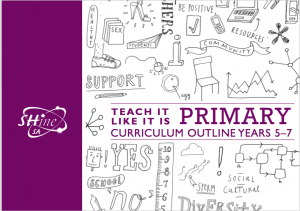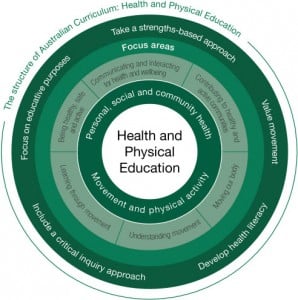Throughout the year students will be engaging with the Keeping Safe: Child Protection Curriculum (KS:CPC) which is mandated in every school. The teachers delivering the program have received explicit training in the Curriculum. It is a Department for Education and Child Development (DECD) responsibility under the Children’s Protection Act (1993) and the Child Protection in Schools, Early Childhood Education and Care Services policy to ensure that effective abuse prevention programs are implemented and that all children and young people have access to the approved child protection curriculum. Although parent permission is not required under the Education Act (1972), we encourage parents/caregivers to seek further clarification if required and to provide the teacher with any relevant information about their child that could alleviate any concerns.
The KS:CPC is an evidence based, best practice curriculum developed collaboratively with child protection specialists, teachers, educational leaders and other professionals. It covers a range of concepts including new additional material on contemporary issues such as bullying and cyber safety.
The KS:CPC is divided into 5 documents specific to the year level of the students plus 2 additional documents for educators working with students from cultural or linguistically diverse backgrounds and for students with disability.
There are 2 main themes:
- We all have the right to be safe
- We can help ourselves to be safe by talking to people we trust
At each level of schooling there are 4 focus areas:
- The right to be safe
- Relationships
- Recognising and reporting abuse
- Protective strategies
The curriculum builds on these focus areas at each level of schooling in the following ways:
EARLY YEARS
The right to be safe
- feelings, being safe, warning signs, risk taking and emergencies
Relationships
- trust and networks, rights and responsibilities, use and abuse of power
Recognising and reporting abuse
- names of parts of the body, recognising abusive situations and secrets
Protective strategies
- practising protective strategies, persistence.
PRIMARY YEARS
The right to be safe
- exploring the concept of safety, reviewing the concept of warning signs, unsafe situations and acceptable risk taking
Relationships
- understanding rights and responsibilities, trust and networks, developing personal identity, power in relationships
Recognising and reporting abuse
- privacy and names of parts of the body, recognising abuse, neglect and unsafe secrets, internet, telephone and media safety
Protective strategies
- problem solving and keeping safe, review of networks.
MIDDLE YEARS
The right to be safe
- safety and risk taking, warning signs and emergencies
Relationships
- rights and responsibilities in relationships, power in relationships, bullying as an abuse of power
Recognising and reporting abuse
- recognising abuse, identifying abuse and neglect, electronic media abuse
Protective strategies
- problem solving strategies, network view and community support
The KS:CPC fits primarily within the Health and Physical Education learning area of the Australian Curriculum but can also be incorporated across other Learning Areas.
More information can be found on the DECD child protection curriculum site http://www.decd.sa.gov.au/teachingandlearning/pages/pandp/Childprotection/
ShineSA Relationships and Sexual Health Curriculum
Our Year 5-7 teachers are also currently engaged in a training course to enable them to implement the Shine SA Relationships and Sexual Health curriculum. This curriculum covers significant aspects of the Child Protection Curriculum; the Health and PE Australian Curriculum; the Australian Curriculum General Capabilities: social and personal development; ethical behviours.
Teachers will provide parents and care givers with details about what they are doing once they are about to start the program … here’s an overview of what might be covered.TIP-Curriculum-Outline
Please contact the classroom teacher/s if you have any questions about these programs.


